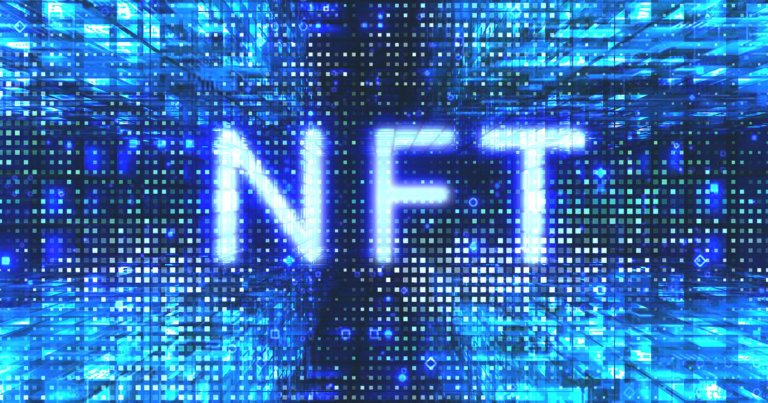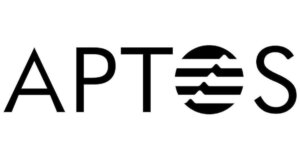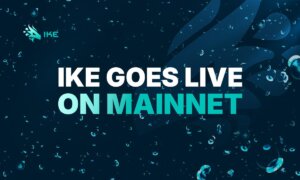 Why this framework may serve as the ultimate seal of approval for NFTs
Why this framework may serve as the ultimate seal of approval for NFTs Why this framework may serve as the ultimate seal of approval for NFTs
Amid increasing concerns for safety in the NFT industry, Trusted Execution Environments presents itself as a Framework to ease these issues. But what are they? and why can they help?

Cover art/illustration via CryptoSlate. Image includes combined content which may include AI-generated content.
Sales of non-fungible tokens (NFTs) reached a record $25 billion in 2021. However, signs in the data of slowing growth towards the end of the year point to concerns. Repeated media reports of hacking, theft — and, perhaps most pressingly, fraud — haven’t helped.
As the example of impersonation of comic book artist Derek Laufman shows, many mainstream creators and NFT users are not fully aware of the security and authenticity risks they are exposed to while minting and providing custody for NFTs. Furthermore, digital creations attached to NFT’s, for example, art, are often stored off-chain and not always stored in robust environments.
A few months ago, all NFTs on the Ethereum and Solana blockchains were scraped and made available as a 19.5 Terabyte collection via an online link. Their owners probably assumed that their NFTs were on-chain and therefore wholly intact and relatively secure. However, in many cases, only the metadata data is hosted on-chain. The images are usually jpegs hosted on standard web2 servers, like Amazon Web Services (AWS), or via distributed storage systems such as IPFS. If these services go offline (as in the case of AWS several times last year), the images hosted off-chain could disappear entirely.
How Trusted Execution Environments (TEEs) can help
Fortunately, a robust solution to the safe storage, authentication, and verification of NFTs now exists. Trusted execution environments (TEEs) enable NFT issuers to execute code in a secure environment and without modification, providing high security. TEEs get over the hurdle of different developers generating code in an environment that they don’t fully control and where there are numerous other entities active at the same time. They allow players in the environment to ignore threats from the “unknown” others because a TEE guarantees the strongest level of isolation that is possible today and thus ensures the highest level of security. Computation within the TEE cannot be accessed by another program — including the operating system.
VERITIC provides NFT infrastructure, including a TEE which can be used to solve NFT authentication challenges such as misplaced or stolen keys and lost metadata. VERITIC’s TEE is highly resistant to attacks. It can limit access to just specified individuals and the Casper native key management capabilities add additional security to NFTs.
A seal of approval for NFTs
The solution’s TEE ensures that the code being executed and the input is genuine and provides proof that no third party was involved in the minting. This provides a ‘seal of approval’ for NFT creators who have minted within the TEE as they can provide a reference showing the provenance of the NFT.
Secure custody is critical as NFT authenticity rests on the fact that a copyright holder who rightfully mints NFTs and sells them can only prove they minted the NFTs by first demonstrating custody of the creator keys. Safe custody of the keys used to sign them is therefore essential for artists to prove they created the artwork. Conversely, losing the Private Keys would render the artist unable to authenticate the creation of their work.
With the new TEE solution, we should start to see the end of NFT fraud and impersonation, as artists and creators can now prove they created an NFT by linking the NFT metadata, creator keys, and the NFT token itself and storing them together on immutable IPFS cloud storage (with Filecoin via Seal Storage Technology) or within a swiss vault.
Deploying a TEE is an essential next step in providing any NFT project with access to a highly secure environment where privacy and security can be applied in an isolated execution, enabling enterprises to utilize NFTs at scale. It is the seal of approval of authenticity that any NFT creator or buyer should insist on.




 CoinGlass
CoinGlass 


 Farside Investors
Farside Investors 




















































































